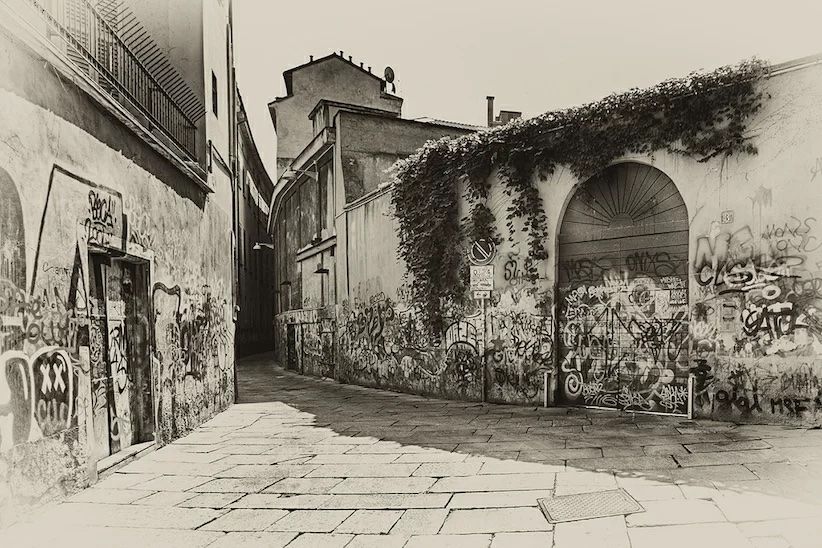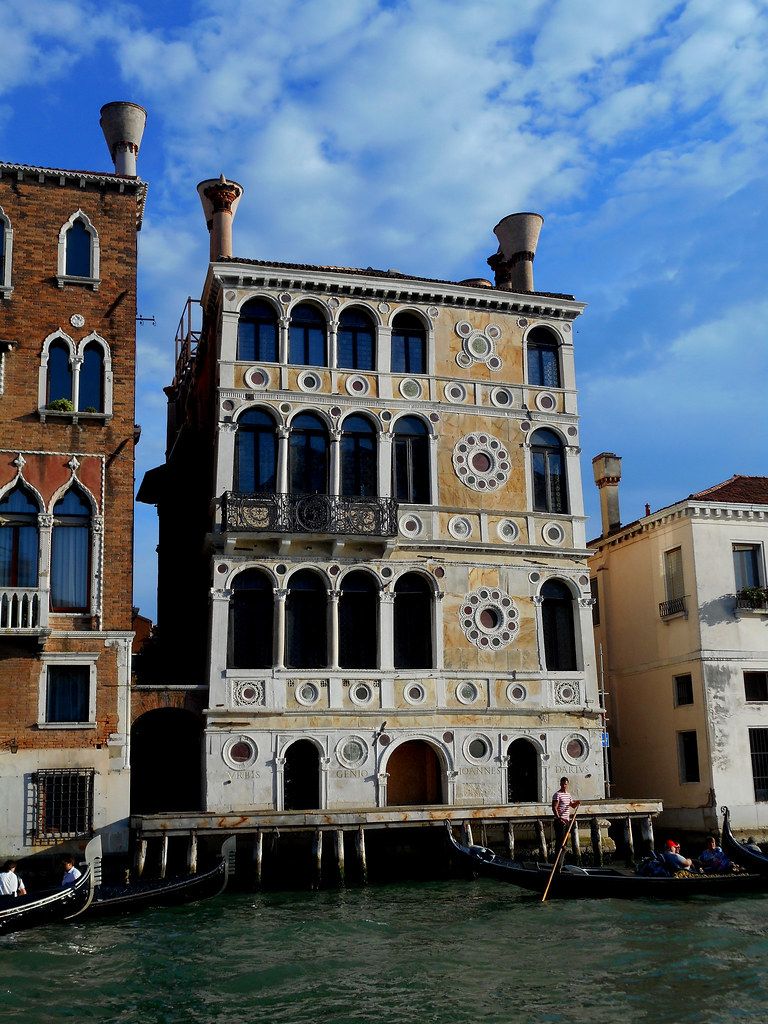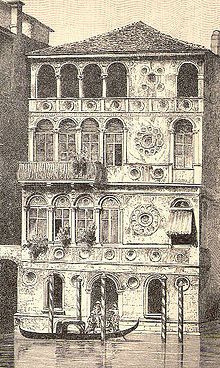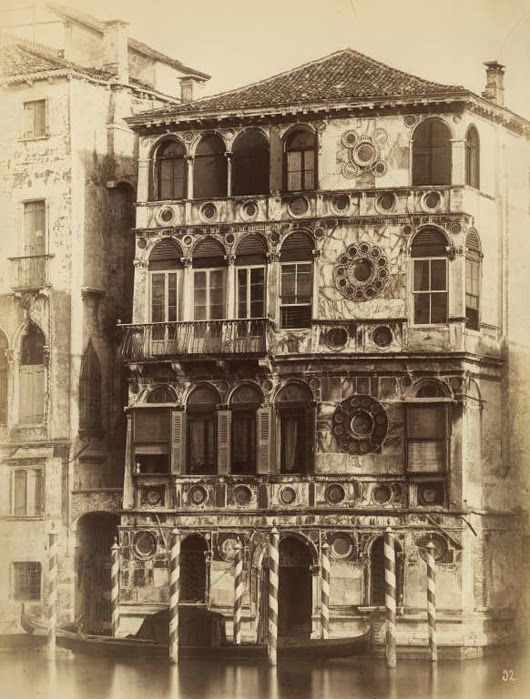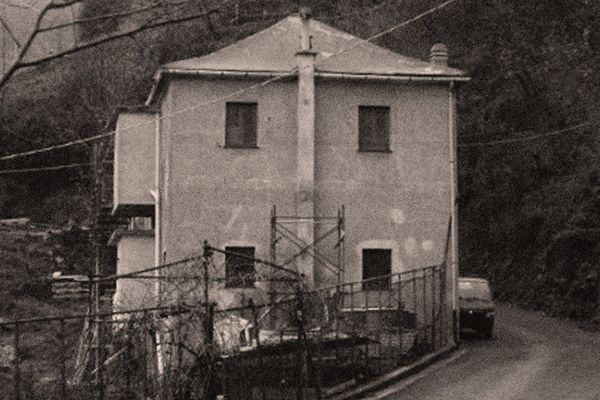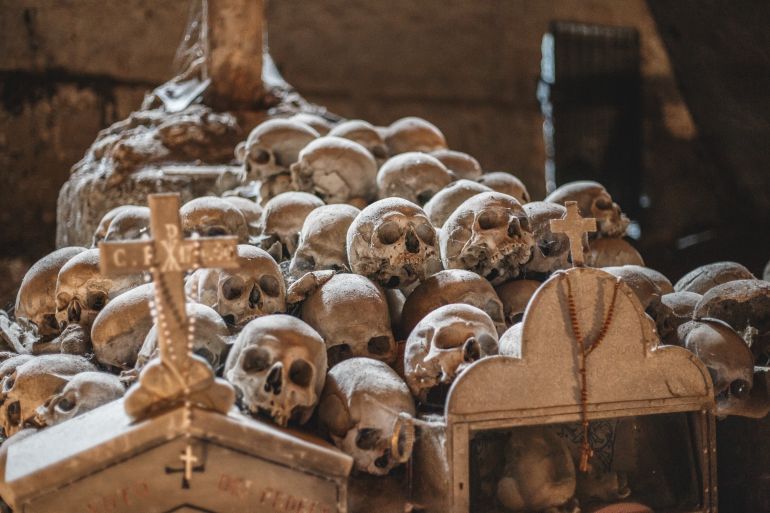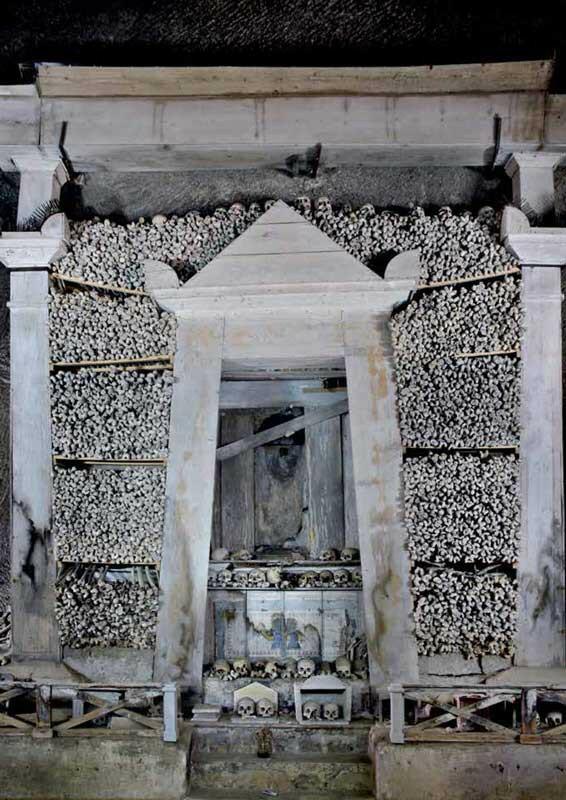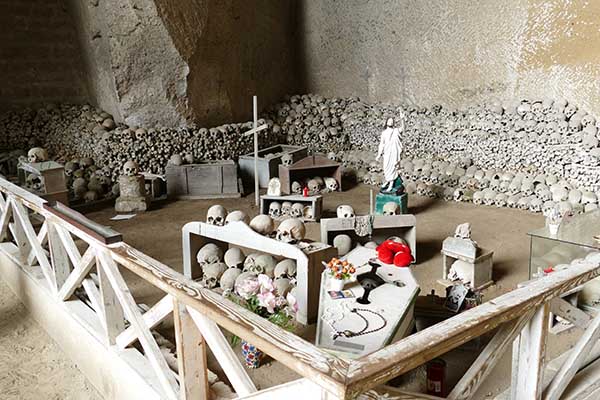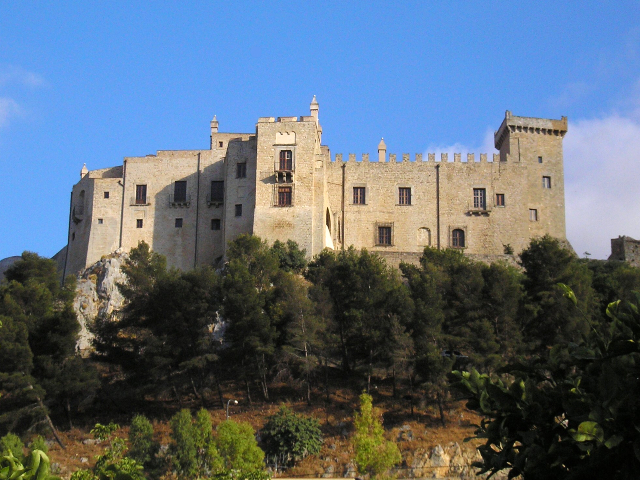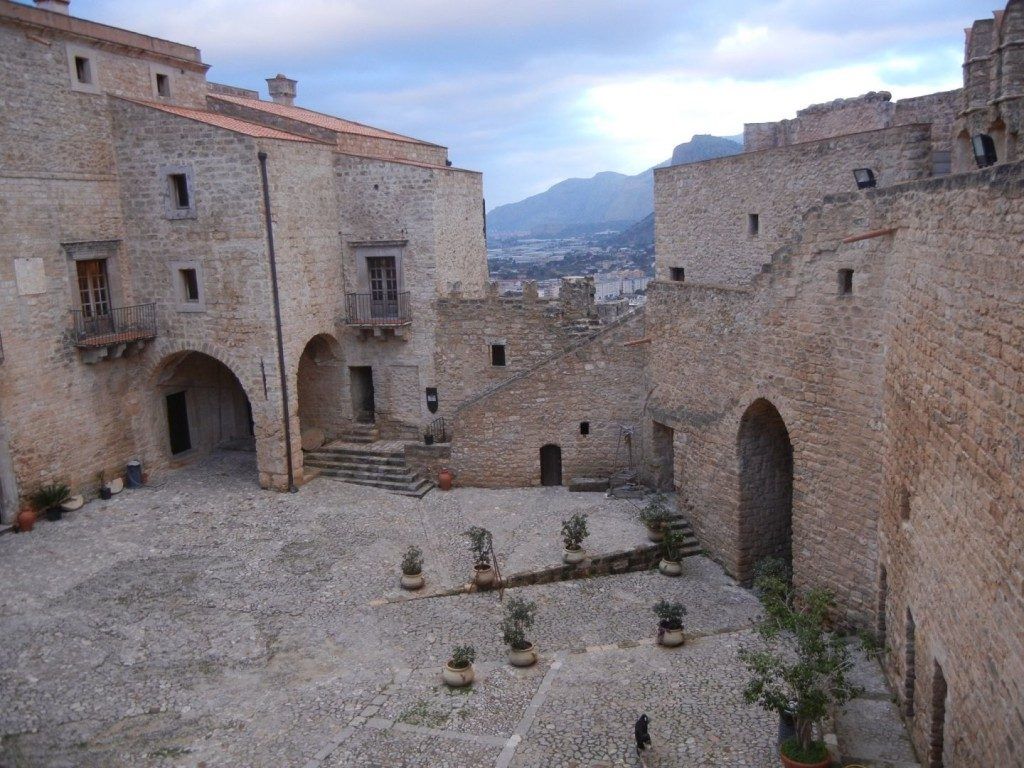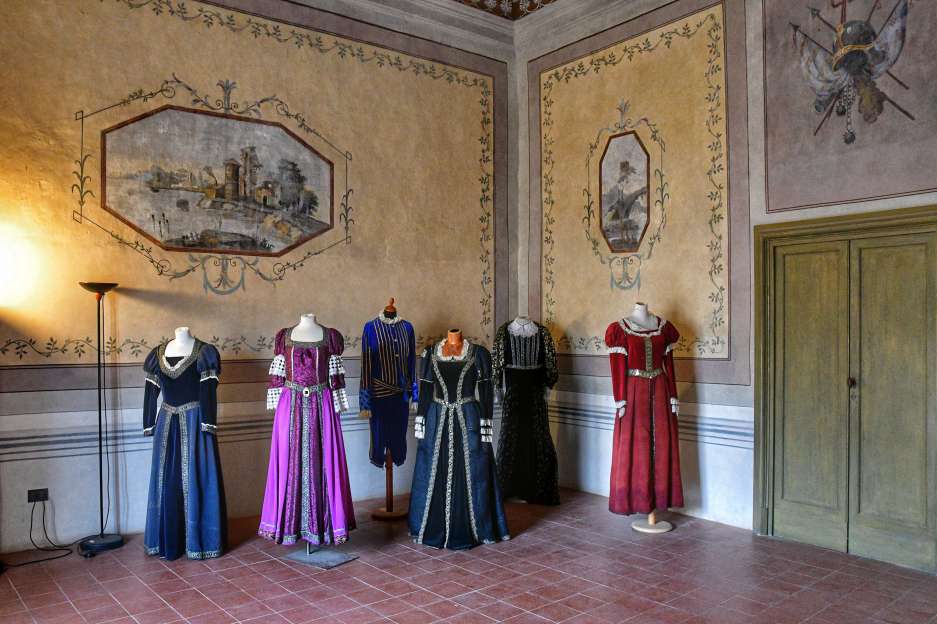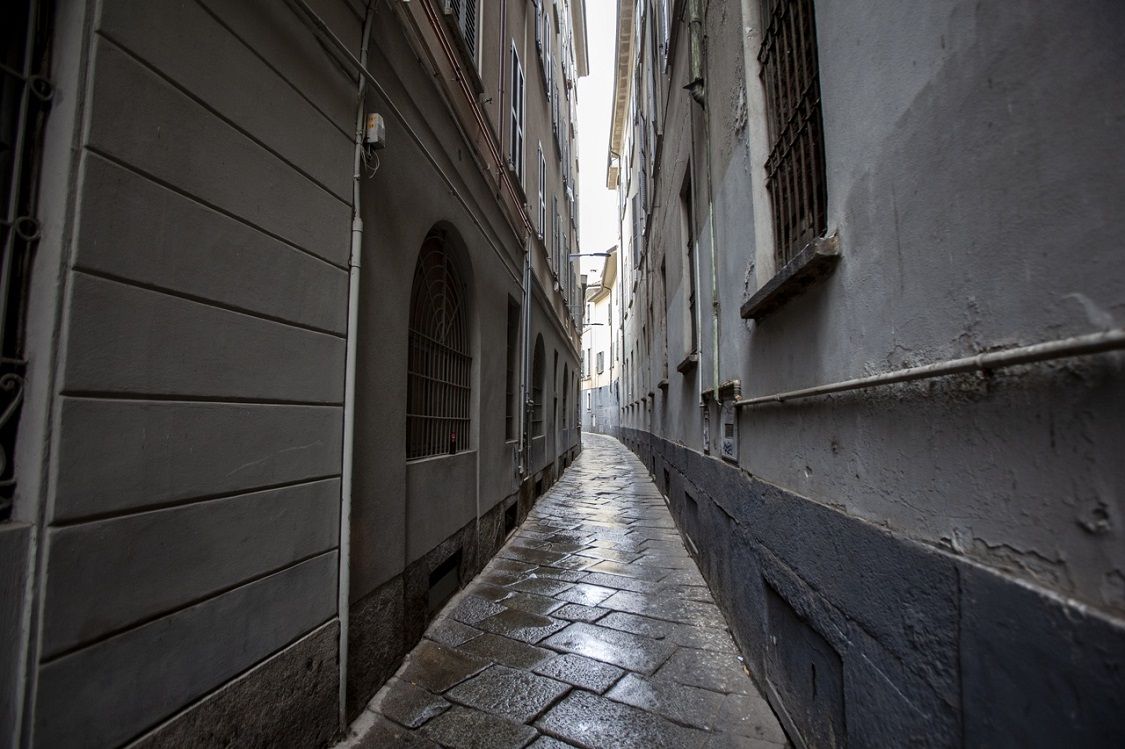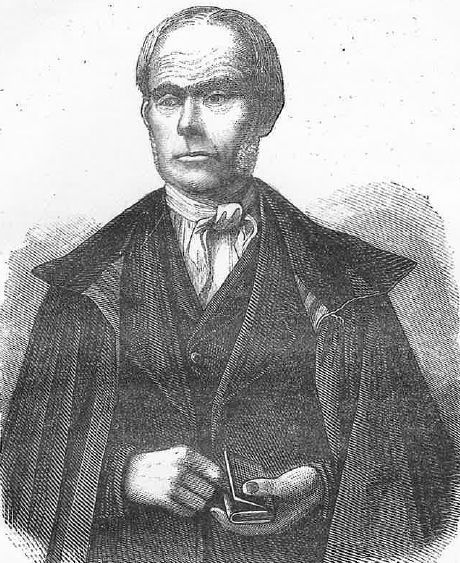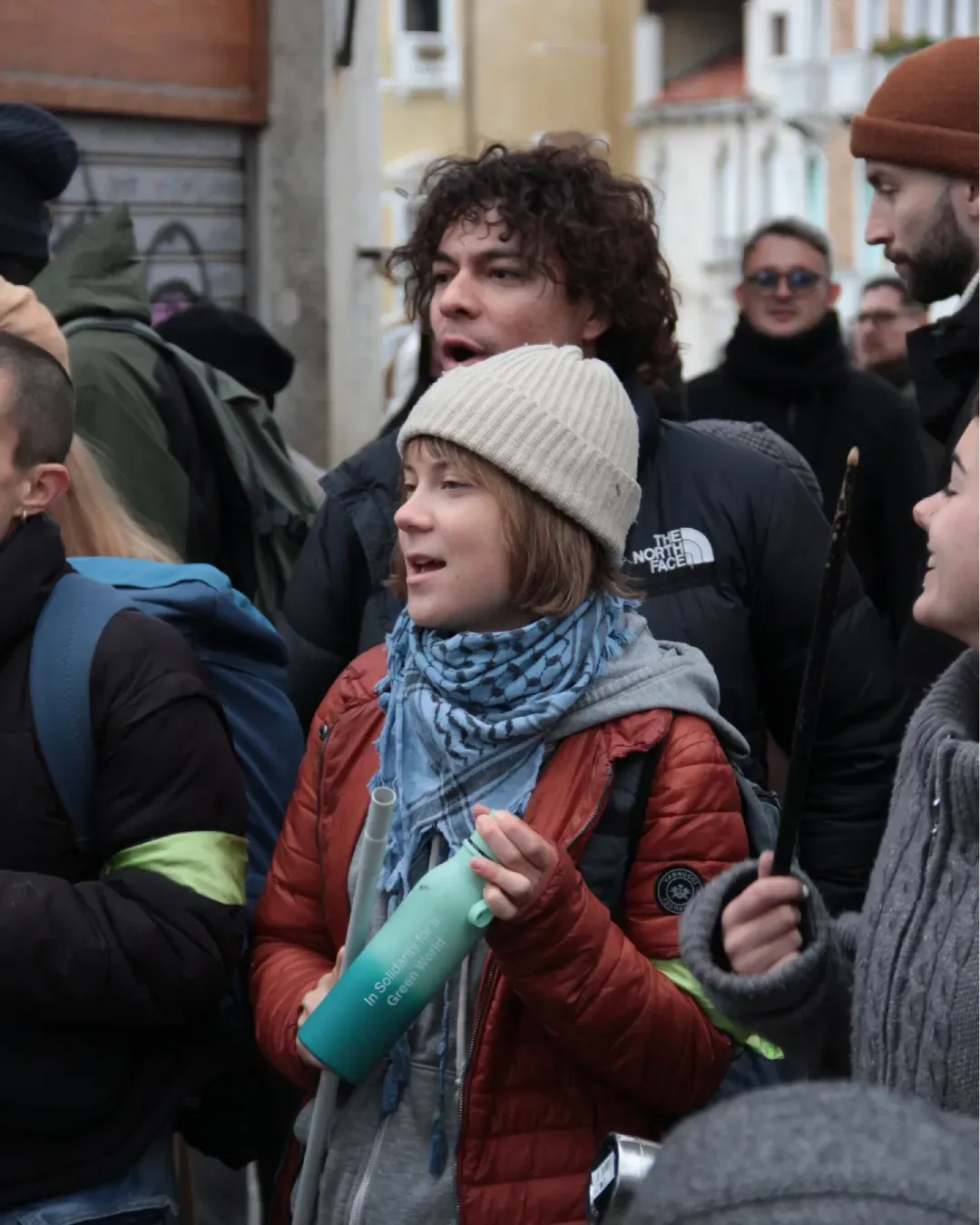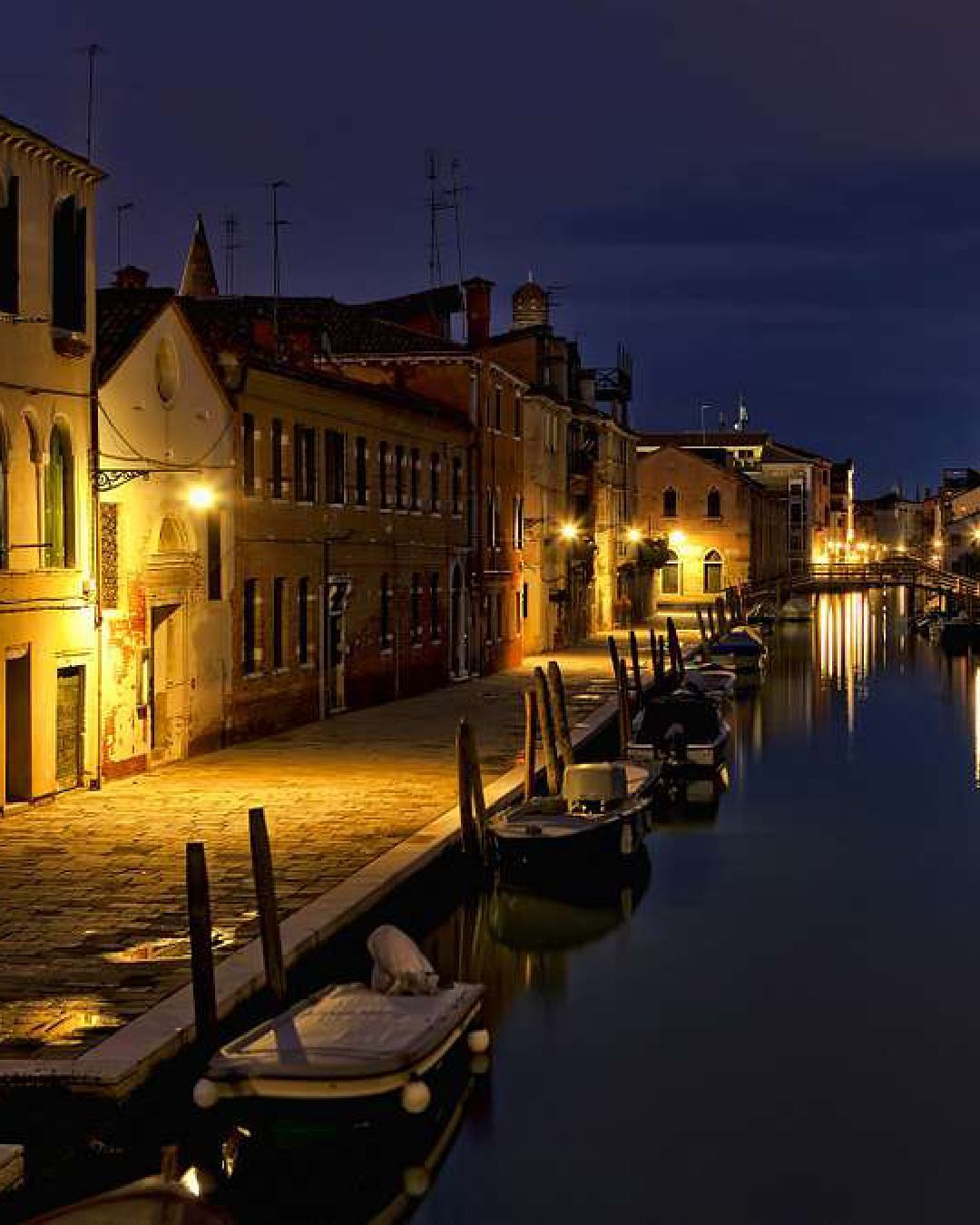
Five of Italy’s most haunted places Ghost stories, love killings and omicides
Italy has long held the spotlight on the international stage for a multitude of reasons, including its breathtaking landscapes, delectable cuisine, world-renowned contributions to art and fashion, and its historical significance as the heart of Roman Catholicism. Yet, in a country with such an expansive and intricate history, and being home to the second-largest population of elderly people in the world, it is only natural that there are some secrets lurking in the shadows. As Halloween approaches, Italy's more enigmatic and supernatural side takes center stage, drawing in those seeking a different kind of thrill. We embark on a journey to unveil Italy's five most haunted places, inviting you to explore the mysteries and legends that have shrouded these locations for centuries. Amidst the country’s grandeur, hidden within its ancient walls and beneath its cobblestone streets, lie stories that whisper of eerie encounters and chilling apparitions. These tales beckon the curious and the courageous to delve into the supernatural realm that coexists alongside the well-trodden paths of history. From age-old castles, their walls echoing with ghostly whispers of events long past, to the cryptic catacombs that house chilling secrets beneath the bustling cities, Italy's haunted sites offer a Halloween experience like no other. This unique blend of history and horror will intrigue even the most skeptical.
Here are five of Italy’s spookiest places.
Ca’Dario , Venezia
Ca' Dario, situated in the heart of Venice, is renowned as a cursed house with an eerie legend. Since 1494, every owner of Casa Dario has experienced a grim fate, including suicides, sudden illnesses following the purchase, road accidents, and brutal murders. The house exudes a gloomy atmosphere, unsettling many Venetians. This cursed reputation has earned Ca' Dario the title of one of the most haunted places not just in Italy, but in all of Europe. This architectural marvel, located on the Canal Grande, is often referred to as the house of no return due to the mysterious deaths of its occupants. Built in the 15th century, it was marred by tragedy, with the original owner, Giovanni Dario, losing his daughter to suicide and his son to murder within its walls. Subsequently, the house witnessed two more killings and suicides, and every one of its 13 consecutive owners met an untimely and enigmatic demise. The legends and eerie occurrences make Ca' Dario a chilling and captivating part of Venice's history.
Via Bagnera , Milano
The Stretta Bagnera is a tiny yet unsettling street in Milan, connecting via Santa Marta to via Nerino. This unassuming location holds a dark historical significance as the site of the gruesome murders committed by Antonio Boggia, often regarded as Europe's first serial killer, predating Jack the Ripper by three decades. Antonio Boggia, appearing as a respectable elderly man who enjoyed luxury and the finer things in life, used this facade to gain the trust of his victims. Under the pretext of showing them his antique collection, he lured his unsuspecting prey to a basement on Via Bagnera, where he horrifically dismembered them. Boggia's reign of terror came to an end when a fortunate woman managed to escape his clutches and provided crucial testimony to the police. Boggia was subsequently accused of approximately ten murders committed over the course of a decade, leading to his execution by hanging in 1862, marking one of the last capital punishments in Italy's history. This chilling chapter in Milan's history serves as a stark reminder of the darkness that can lurk within the most unassuming corners of a city.
Il Castello di Carini , Sicilia
In the vicinity of Palermo, Sicily, lies the historic town of Carini, that holds a mysterious legend that has been passed down through generations. Perched on a hill overlooking Carini and its coastal hamlet of Villagrazia, there stands a castle with a tale reminiscent of a Sicilian Romeo and Juliet. This tragic story revolves around Baroness Laura Lanza Trabia di Carini, who had an affair. Her heart was stolen by Ludovico Vernagallo, her husband's cousin, igniting a passionate and inevitable affair. The relationship was discovered by Laura's father in December 1563, resulting in a dire consequence. Legend has it that Laura's father immediately killed Ludovico and, overcome with sorrow and anger, ended her life too. The castle's walls bear witness to this harrowing event, as it took place within its confines. The Carini Castle is now open to visitors. The first floor features a ballroom and family rooms, including Baroness Laura's bedroom, where the tragic murders transpired. Local superstition claims that on December 4th, the anniversary of the crime, a mysterious bloody handprint appears on the wall in Baroness Laura's room, taking on a reddish hue for a brief period before fading away. While some view it as a simple damp patch on an ancient stone and earth wall, others insist it transforms into a hand-shaped mark, leaving an indelible imprint on the wall and the memory of Carini's haunting legend.
Cimitero delle Fontanelle , Napoli
In Naples, a city where the sacred and the profane, rebellion, and prayer intertwine, a multitude of ghost stories have passed down through the generations. The Sanità district, one of the city's oldest, is home to the Fontanelle Cemetery, a place of worship, pilgrimage, and legends. The Fontanelle Cemetery houses around 40,000 remains of people who fell victim to the devastating plague of 1656 and the cholera outbreak of 1836. The cemetery is also known for a unique ritual known as the rite of the pezzentelle souls, in which people adopted and offered protection to a skull (referred to as "capuzzella") in exchange for the care of a forsaken soul (hence "pezzentella"). The most prominent legend tied to this place centers on the Captain. His skull is considered a revered relic and is encased in glass to shield it from humidity and the prying eyes of the curious. Neapolitans hold the Captain in high regard, believing he aids the faithful who seek his assistance. Yet, the legend offers little information about this enigmatic figure. It tells of a jealous betrothed man who mocked the Captain's skull in the presence of his beloved. The groom even invited the skull to their wedding. However, on their wedding day, a mysterious guest, resembling a policeman but with a skeletal body, appeared. This horrifying sight frightened the couple to death. As the story goes, the bones of the ill-fated newlyweds are still preserved in the Fontanelle cemetery, housed beneath the statue of Gaetano Barbati.
Ca’ delle Anime, Voltri, Genova
Voltri, a small hamlet, is home to one of Italy's most haunted houses, Ca' delle anime. The house was once owned by a family plagued by mental disorders who also ran an inn. The chilling legend surrounding the house claims that they would invite travelers to stay the night, only to murder them in their sleep by lowering the ceiling of a room while the unsuspecting guest slept, crushing or asphyxiating them, stealing their money, and disposing of the bodies in a mass grave. The tormented souls of these victims are said to be bound to the house, manifesting as eerie nocturnal apparitions and unsettling sounds. After standing empty for years, a family moved into the house following World War II, only to encounter inexplicable events. Locals also share accounts of a young girl dressed in white who seeks her lost lover. The girl, it is believed, was engaged to one of the family's victims, and after his disappearance, she continues to roam the house, searching for her beloved. These inexplicable events eventually prompted the family to leave.










































